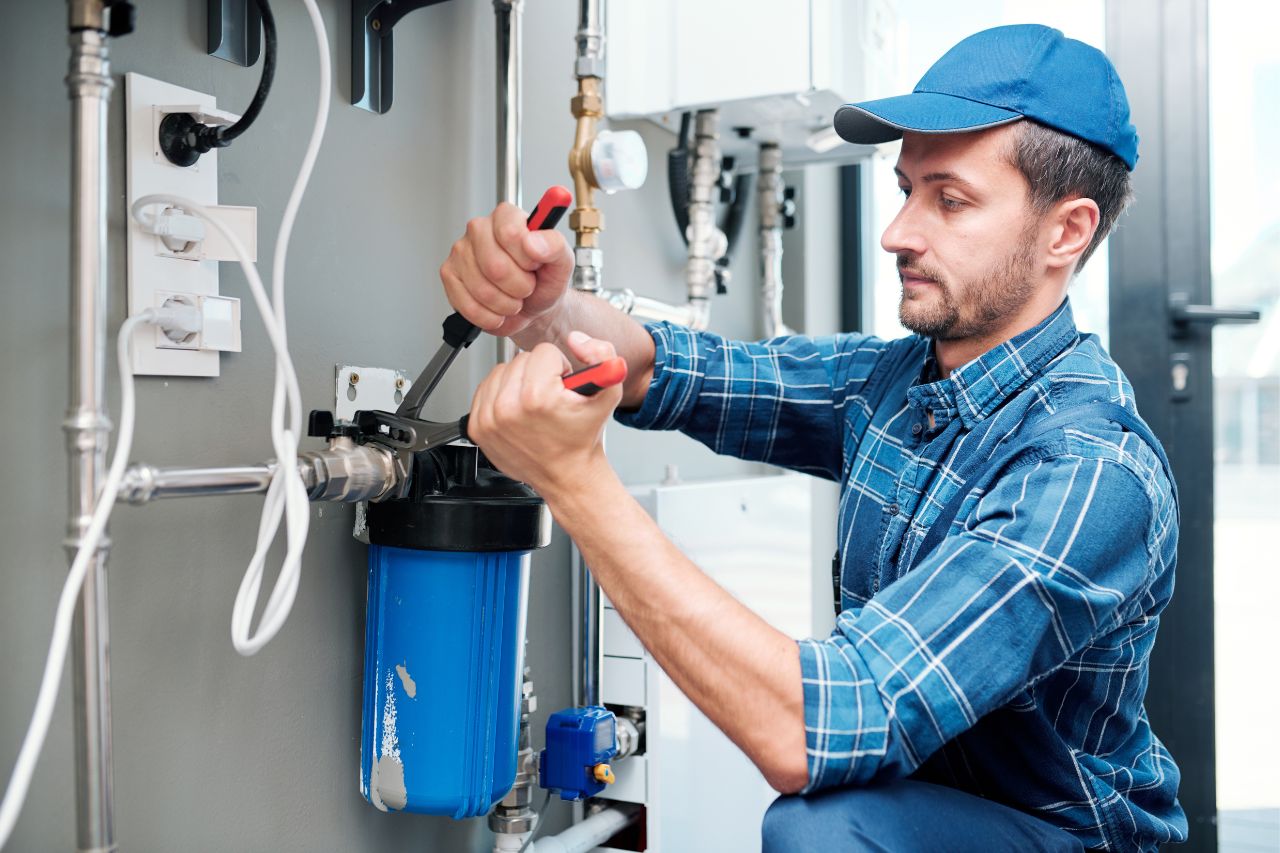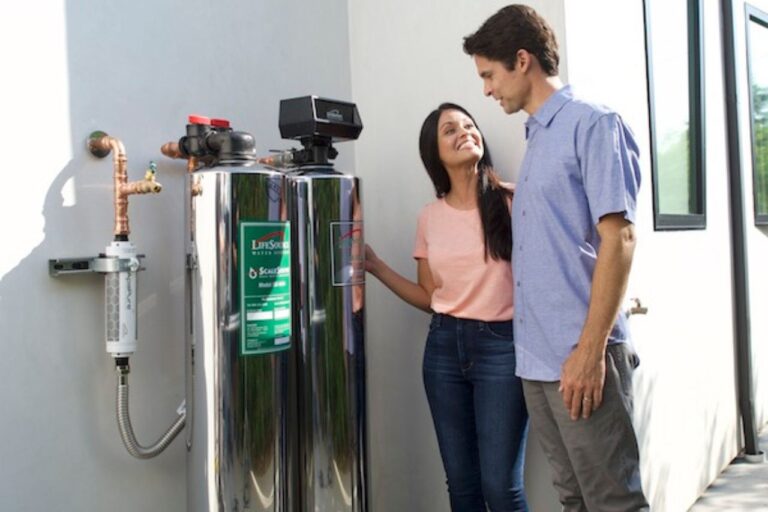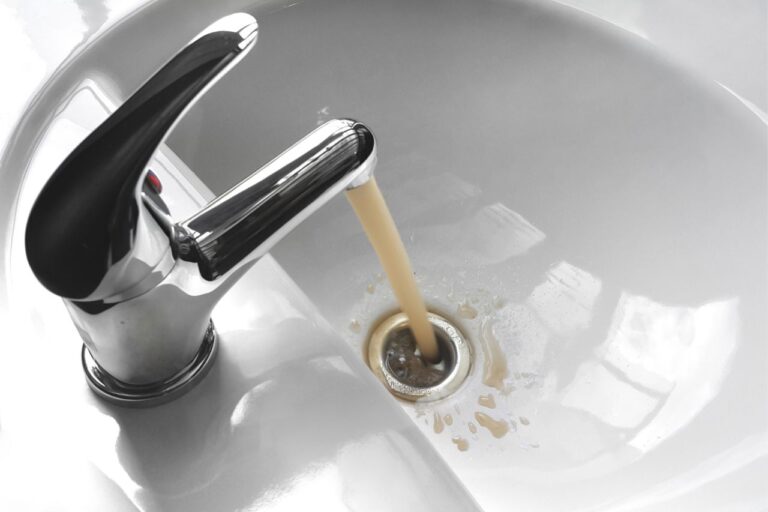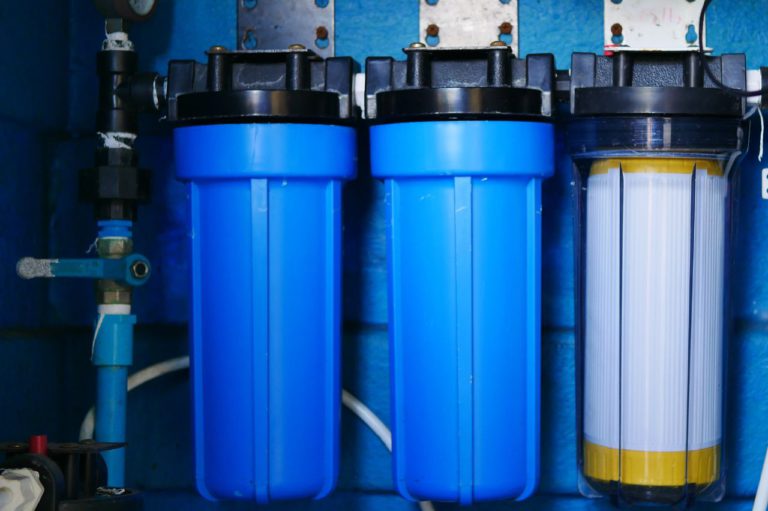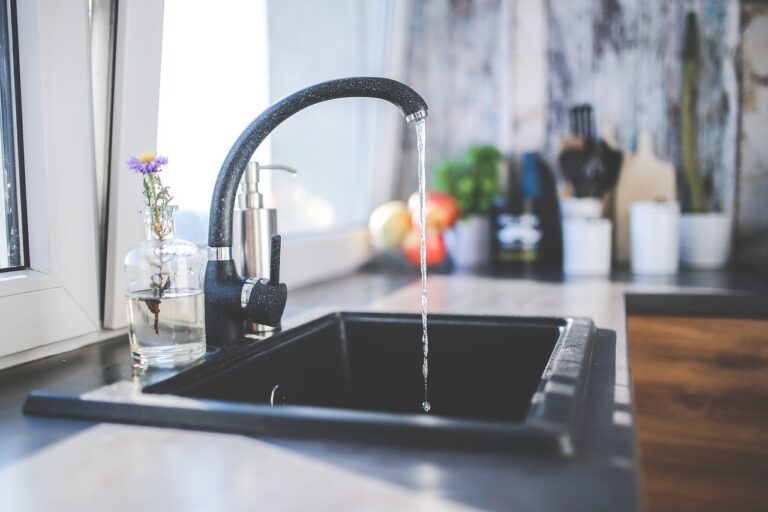The Most Affordable Method to Filter Tap Water
So, you’re looking for a cost-effective way to filter your tap water, huh? Well, look no further because we’ve got just the solution for you! In this article, we’ll reveal the most affordable method to filter tap water that will not only improve its taste but also ensure you’re drinking clean and safe water. Say goodbye to expensive filtration systems or endless bottles of water – this method is easy on your wallet and guarantees refreshing H2O right from your tap. Get ready to discover a game-changer in providing clean drinking water for you and your family.
Why filter tap water?
When it comes to drinking water, it’s crucial to ensure that it is clean and free from contaminants. Tap water, while generally safe to consume, can sometimes contain impurities that may pose health risks. Filtering tap water can help remove these contaminants, providing you with cleaner and safer drinking water. In this article, we will explore the different methods to filter tap water, factors to consider when choosing an affordable filtration method, and some affordable options available in the market.
Contaminants in tap water
Tap water can potentially contain various contaminants that are harmful to human health. These contaminants may include bacteria, viruses, heavy metals such as lead and mercury, pesticides, herbicides, chlorine, and even pharmaceutical residues. While these substances are often present in trace amounts, their long-term exposure can have adverse effects on your health. Filtering tap water can effectively reduce or eliminate these contaminants, making it healthier and safer for consumption.
Health risks associated with tap water contaminants
Consuming tap water contaminated with various substances can pose several health risks. For instance, exposure to lead, especially in children, can lead to developmental delays, learning disabilities, and even damage to the kidneys and nervous system. Pesticides and herbicides are potential carcinogens that can increase the risk of developing certain types of cancer. Chlorine, commonly used as a disinfectant in tap water, can produce harmful by-products that have been linked to increased cancer risk. By filtering tap water, you can reduce the chances of exposure to these health hazards and protect your well-being.
Different methods to filter tap water
There are several methods available to filter tap water, each with its own set of advantages and disadvantages. Let’s explore some of the most common filtration methods:
Carbon filtration
Carbon filtration is one of the most popular methods used to filter tap water. It involves passing the water through activated carbon, which absorbs impurities and organic contaminants. Carbon filters can effectively remove chlorine, sediment, volatile organic compounds (VOCs), and some heavy metals. This filtration method is relatively affordable and easy to install. However, carbon filters may not be as effective in removing certain contaminants like nitrates, fluoride, or bacteria.
Reverse osmosis
Reverse osmosis (RO) is a process that uses a semipermeable membrane to remove impurities from tap water. It effectively removes contaminants such as lead, fluoride, arsenic, and various other chemicals. RO systems are commonly installed under the sink and require professional installation. While highly effective in purifying water, RO systems can be more expensive than other filtration methods, and they also generate a significant amount of wastewater.
Distillation
Distillation involves boiling tap water and then collecting the steam, which is condensed into pure water. This method effectively removes impurities such as bacteria, viruses, heavy metals, and certain chemicals. Distillation systems can be quite costly to install and may also require regular maintenance. Additionally, the distillation process removes minerals from the water, which some people may consider a disadvantage.
Ion exchange
Ion exchange is a filtration process that uses a resin to remove dissolved contaminants from tap water. It can effectively remove heavy metals like lead and copper, as well as remove scale-causing minerals. Ion exchange systems are relatively cost-effective and simple to maintain. However, they may only target specific contaminants and may not be as effective in removing bacteria or viruses.
Ceramic filters
Ceramic filters are made from porous ceramic material that traps contaminants while allowing clean water to pass through. These filters are effective in removing bacteria, cysts, and sediment from tap water. Ceramic filters are often used in combination with other filtration methods to improve overall effectiveness. One downside is that these filters may require periodic cleaning to prevent clogging.
Factors to consider when choosing an affordable filtration method
When selecting an affordable filtration method for tap water, there are several key factors to consider:
Initial cost
The initial cost of the filtration system is an important consideration. Some methods, such as pitcher filters, are relatively inexpensive, while others, like reverse osmosis systems, can be more costly. Consider your budget and choose a filtration method that aligns with it.
Maintenance cost
Apart from the initial cost, it’s important to consider the ongoing maintenance expenses associated with the filtration method. Some filters may require frequent replacement of cartridges or membranes, which can add to the overall cost. Assess the maintenance requirements and choose a system that fits your budget in the long run.
Filter lifespan
Filter lifespan refers to how long a filter can effectively remove contaminants before needing replacement. Longer filter lifespan can reduce maintenance costs and provide consistent water quality. Consider the estimated filter lifespan and factor it into your decision-making process.
Effectiveness
The effectiveness of a filtration method in removing specific contaminants is an essential factor to consider. Different methods have varying degrees of effectiveness in removing different contaminants. Research the effectiveness of each filtration method and choose one that targets the contaminants present in your tap water.
Ease of installation
Consider the ease of installation when choosing a filtration method. Some systems, like pitcher filters, can be easily installed without any professional help. Others, like under-sink filters or reverse osmosis systems, may require professional installation. Evaluate your own DIY capabilities and choose a system that you are comfortable installing.
Carbon filtration
How it works
Carbon filtration works by adsorption, where impurities and contaminants are trapped and retained on the surface of activated carbon. The activated carbon has a large surface area due to its porous structure, allowing it to effectively absorb and remove impurities from the water. The filtered water then flows through the carbon filter, providing you with cleaner and better-tasting water.
Advantages
- Carbon filtration is relatively affordable compared to some other methods.
- It effectively removes chlorine, sediment, and organic compounds, improving water taste and odor.
- Carbon filters are easy to install and maintain. Cartridges can be easily replaced when needed.
Disadvantages
- Carbon filters may not effectively remove certain contaminants like nitrates, fluoride, or bacteria.
- The filter media may need to be replaced more frequently, depending on the filter quality and water usage.
- Carbon filtration may not be suitable for filtering large volumes of water or highly contaminated water sources.
Reverse osmosis
How it works
Reverse osmosis is a filtration process that uses a semipermeable membrane to separate impurities from water. The tap water is pressurized and pushed through the membrane, effectively removing contaminants such as lead, arsenic, fluoride, and other dissolved solids. The filtered water is then collected for consumption, while the impurities are flushed away as wastewater.
Advantages
- Reverse osmosis is highly effective in removing a wide range of contaminants, making the water exceptionally pure.
- It can remove dissolved solids, including minerals that contribute to water hardness.
- RO systems are typically compact and can be installed under the sink, saving space on the countertop.
Disadvantages
- Reverse osmosis systems can be more expensive, both in terms of initial cost and maintenance.
- The process generates wastewater, which can be a concern in areas experiencing water scarcity.
- RO systems may require professional installation and regular membrane replacements.
Distillation
How it works
Distillation is a process that involves heating tap water to create steam. The steam is then condensed and collected as purified water, leaving behind the impurities that do not evaporate. This method effectively removes bacteria, viruses, heavy metals, and various chemicals.
Advantages
- Distillation provides pure water, free from most contaminants.
- It removes impurities that have a higher boiling point than water, ensuring a high level of purification.
- Distillation systems can be beneficial for individuals with compromised immune systems or specific health conditions.
Disadvantages
- Distillation can be energy-intensive, requiring constant heating and cooling of water.
- The process removes minerals from the water, which some consider a disadvantage.
- Distillers can be relatively expensive to purchase and may require regular maintenance.
Ion exchange
How it works
Ion exchange involves passing tap water through a resin containing exchangeable ions. The resin selectively removes unwanted ions and replaces them with less harmful ones. This process effectively reduces the concentration of heavy metals and scale-causing minerals in the water.
Advantages
- Ion exchange systems are relatively cost-effective and efficient in removing specific contaminants.
- They can prevent scale build-up in appliances and plumbing systems, extending their lifespan.
- Ion exchange filters are easy to maintain and do not require electricity.
Disadvantages
- Ion exchange may not effectively remove bacteria or viruses from the water.
- The filters may need to be replaced periodically to maintain efficiency.
- Highly contaminated water sources may require additional pre-treatment before using ion exchange filtration.
Ceramic filters
How it works
Ceramic filters use porous ceramic material to physically block contaminants, allowing clean water to pass through. These filters can effectively remove bacteria, cysts, sediment, and some other impurities from tap water.
Advantages
- Ceramic filters provide an additional layer of filtration, improving overall water quality.
- They are relatively inexpensive and easy to install.
- Ceramic filters are gravity-based, requiring no electricity or complex plumbing.
Disadvantages
- Ceramic filters may require periodic cleaning to prevent clogging.
- They may not be as effective in removing certain chemicals or dissolved solids.
- The flow rate of water through ceramic filters may be slower compared to other methods.
Combining filtration methods
To enhance the effectiveness of water filtration, some individuals opt for hybrid systems that combine multiple filtration methods. By using a combination of filtration technologies, you can target a broader range of contaminants, resulting in cleaner and safer water.
Hybrid systems
Hybrid systems often involve combining different types of filters, such as using carbon filtration in conjunction with reverse osmosis or ceramic filters. These combinations can help address the limitations of a single filtration method and improve overall water quality.
Best combinations
The best combination of filtration methods depends on the specific contaminants present in your tap water. Consult water quality reports or conduct water tests to identify the impurities you need to target. This information can guide you in choosing the most effective combination of filtration technologies for your needs.
Affordable options for filtering tap water
Now that we have explored various filtration methods, let’s take a look at some affordable options available in the market:
Pitcher filters
Pitcher filters are one of the most affordable and convenient options for filtering tap water. These filters use carbon cartridges to remove contaminants, and they are typically easy to use and maintain. Pitcher filters are ideal for individuals or small households looking for a cost-effective way to improve water quality.
Faucet attachments
Faucet attachments are compact filters that attach directly to your tap. These filters often use carbon or ceramic technology to remove impurities from tap water. Faucet attachments are easy to install and relatively inexpensive compared to other filtration systems. They are suitable for individuals or households with limited space or budget constraints.
Countertop filters
Countertop filters sit on your kitchen counter and connect directly to the faucet. These filters often utilize a combination of filtration methods, such as carbon and ceramic filters, providing multi-stage filtration. Countertop filters are typically more expensive than pitcher filters or faucet attachments but offer higher filtration capacity and longer filter lifespans.
Under sink filters
Under sink filters are installed beneath your kitchen sink, providing a dedicated filtration system for your tap water. These filters often use carbon or reverse osmosis technology to provide comprehensive filtration. Under sink filters can be more expensive and require professional installation. However, they offer high filtration efficiency and can supply filtered water to a separate faucet, reducing the impact on your main faucet’s flow rate.
In conclusion, filtering tap water is essential to ensure that you and your family have access to clean and safe drinking water. There are several filtration methods available, each with its own advantages and disadvantages. Factors such as initial cost, maintenance cost, filter lifespan, effectiveness, and ease of installation should be considered when choosing an affordable filtration method. Whether you opt for carbon filtration, reverse osmosis, distillation, ion exchange, or ceramic filters, remember to select a system that addresses the contaminants present in your tap water. By choosing the most suitable filtration method and considering affordable options such as pitcher filters, faucet attachments, countertop filters, or under sink filters, you can enjoy the benefits of clean and filtered tap water while staying within your budget.

